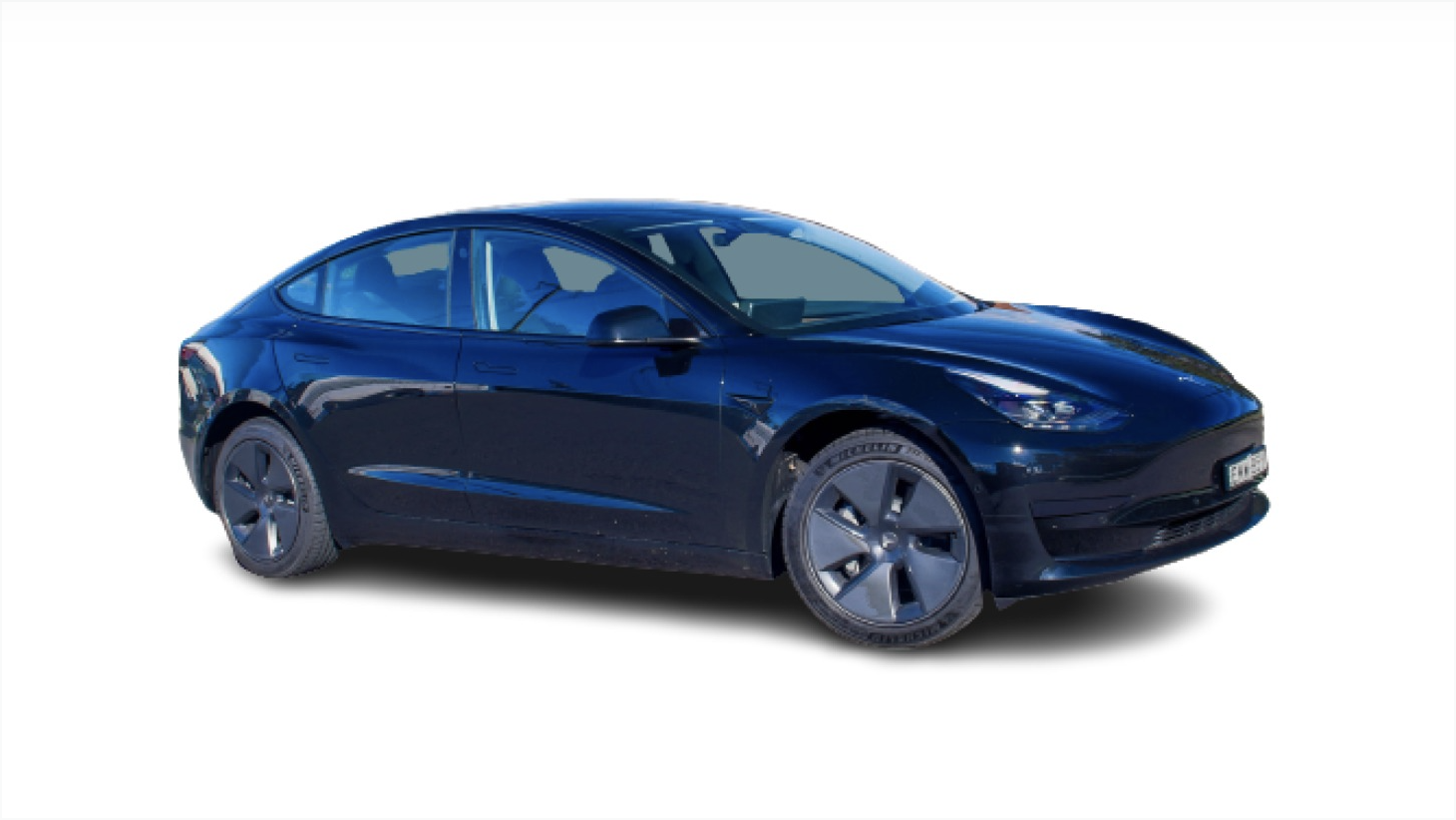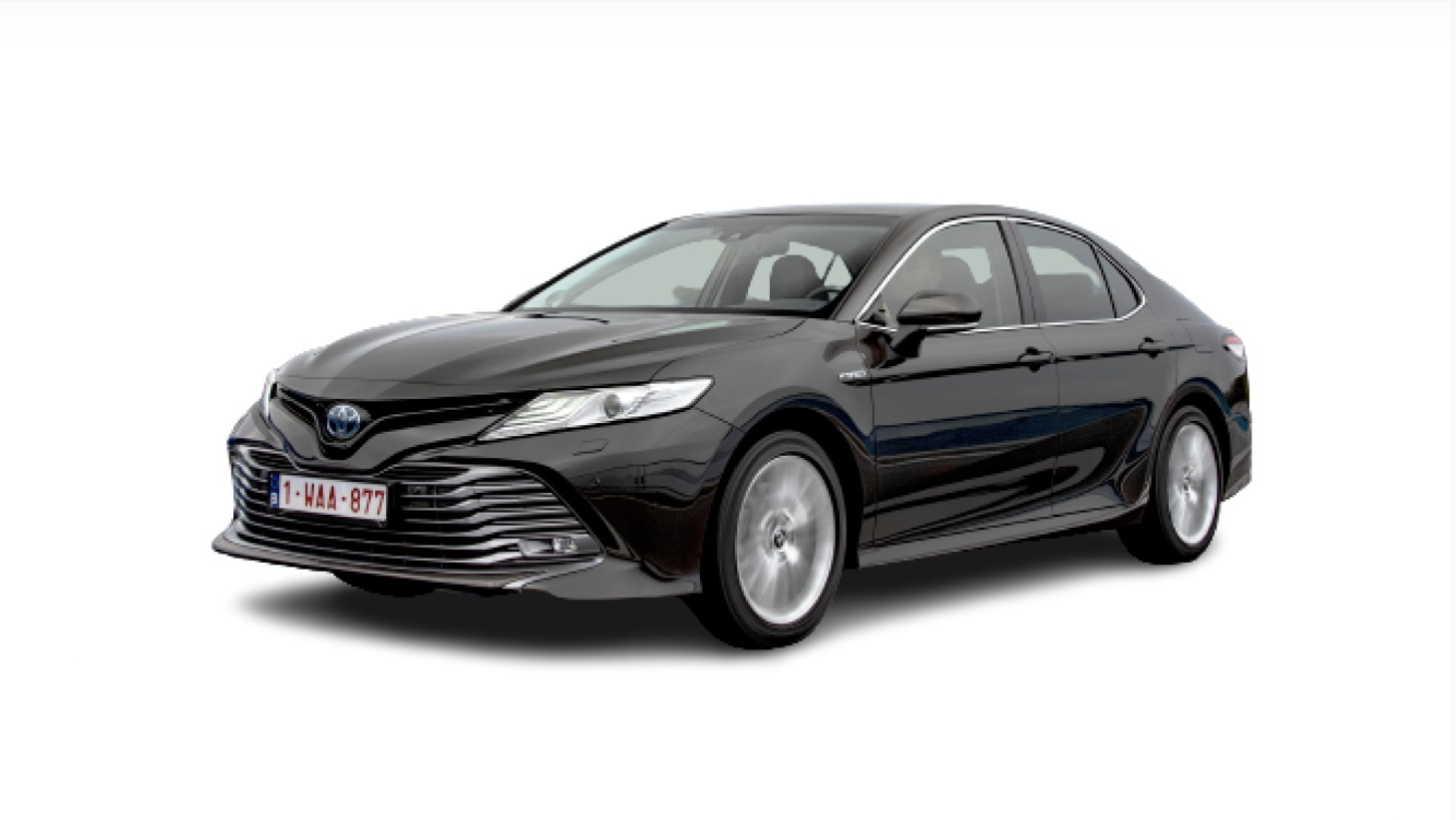Arthur
Considering all the hype from Tesla, their owners, and wannabe fans, do Teslas stack up as big cost savers in motoring expenses? This of course is the big question about all EVs but it is sometimes difficult to find unbiased studies.

Considering this, it was with interest I read the following article recently. The link is below.
Tesla Model 3 RWD 5-Year Cost Of Ownership Versus Toyota Camry (msn.com)
The really interesting bit is that the analysis was done by Tesla themselves on their Model 3, the more affordable model for Joe and Jane Average. The article is a mix of Tesla’s figures and the author’s views in presenting Tesla’s analysis.
Today, we will take a look at Tesla’s 2021 Impact Report, which highlights the total cost of ownership (TCO) of the entry-level 2021 Tesla Model 3 RWD in comparison to some other models.
They have compared to two other vehicles, the BMW 3 series and the Toyota Camry as the BMW is similar in specification but they admit the Camry is closer in cost to run over time.

“Tesla Model 3 has a base price similar to BMW 3 Series, but the total cost of ownership per mile is closer to America’s best-selling sedan, the Toyota Camry*”
So here is the bottom line.
According to Tesla, the total cost of ownership of a 2021 Tesla Model 3 RWD, over five years and 60,000 miles (96,500 km), is about $0.63/mile ($37,800 total).
According to the chart, in 2021, the Toyota Camry had a total cost of ownership of about $0.52/mile ($31,200 total). The BMW 3 Series appears to be above $0.8/mile.
It means that the Tesla Model 3 RWD is 21% or $6,600 more expensive to own than the Toyota Camry, over 5 years and 60,000 miles. The initial expense is even higher than that but partially offset by lower running costs.
That was in 2021 and before a certain war that everyone is conveniently blaming for all things including fuel costs. However, if you look at a comparison with 2020, costs were already rising.
An interesting thing is also the comparison of the TCO of the 2021 Tesla Model 3 RWD versus the 2020 Tesla Model 3 Standard Range Plus (SR+).
In the 2020 Impact Report, Tesla revealed that the 2020 Tesla Model 3 SR+ had TCO of $0.55/mile ($33,000 total) for the same 5-year period and 60,000 miles. It means that the 2021 TCO is almost 15% or $0.08/mile ($4,800 total) higher than the 2020 TCO.
At the time, the Toyota Camry was estimated at $0.50/mile ($30,000 total). So the increase for Toyota was 4% or $0.02/mile ($1,200 total).
In other words, the gap between the affordability of the entry-level Tesla Model 3 and a Toyota Camry widened.
Here is the 2021 chart

And the 2020 chart

The conclusion drawn is that price increases of Teslas have contributed to this. They conclude by saying,
The price increase is partially offset in the TCO by the increasing price of used Tesla cars (low depreciation/high residual value), but considering the trend in prices, the TCO will probably continue to increase in 2022.
They add for a reality check,
The Tesla Model 3 RWD is the entry-level version, equipped with LFP batteries. Higher range versions or other Tesla models are more expensive, thus their TCO is expected to be even higher. It means that those who consider buying a Tesla should treat the $0.63/mile value ($37,800 total over five years and 60,000 miles) as the base case scenario.
This cost scenario might not come as a surprise to older and wiser people who have been through eras of ‘apparent’ cost savings that do not always stack up. The great CNG/LPG car conversion era of alternative fuels here in the late 1970s-1980s comes to mind, where people stampeded to convert their cars at great cost, ignoring warnings from organisations like the AA saying if you did less than 12,000 kilometres per year it was not worth it. Most saved nothing but felt good except when looking at the bank account.
There are people now converting to solar power and power walls and are discovering that the payback period for the cost can be 12 years or more before you save a cent. One woman a few years back was horrified to find her solar conversion had a 25-year payback because she was on a monthly payback scheme rather than paying it all upfront.
OK, you can say that is only Teslas, and the butt ugly Nissan Leaf is much cheaper but, no matter how you spin it, EVs have a purchase cost premium over a petrol car and you save nothing until you have made up that cost.
What it comes down to is this. EVs do not automatically provide the cheap motoring that at first they seem to and you need to do some realistic mathematics and analysis. With battery life and replacement costs still unclear and with that having an effect on unclear second-hand prices as well as eventually looming road taxes and other costs, rushing in on virtue signalling and charging costs alone is not a good idea unless you are wealthy.
Putting it another way, if Tesla cannot spin their cars as being the best thing since sliced bread regarding ownership costs, then who can? Enviro-virtue bragging is not cheap and, for now and the near future, is only for the elites. Joe and Jane Average probably can neither justify nor afford it.






